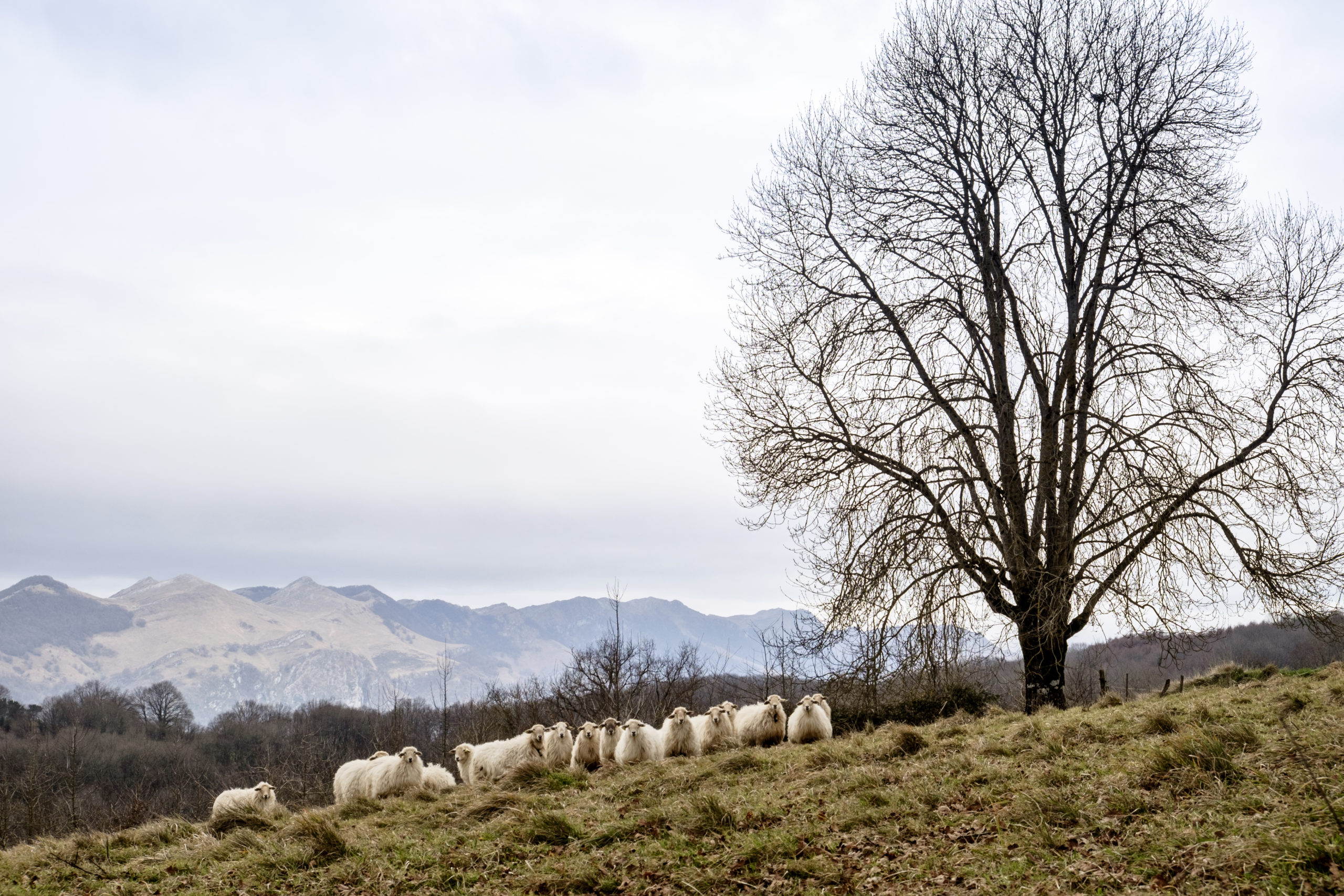Paisaia European Landscape Foundation.
Thank you for visiting our website. We are currently revising the structure of our organisation. During this time, this website remains off-line. Please come back soon to see some new exiting development.
Thank you for your comprehension.
